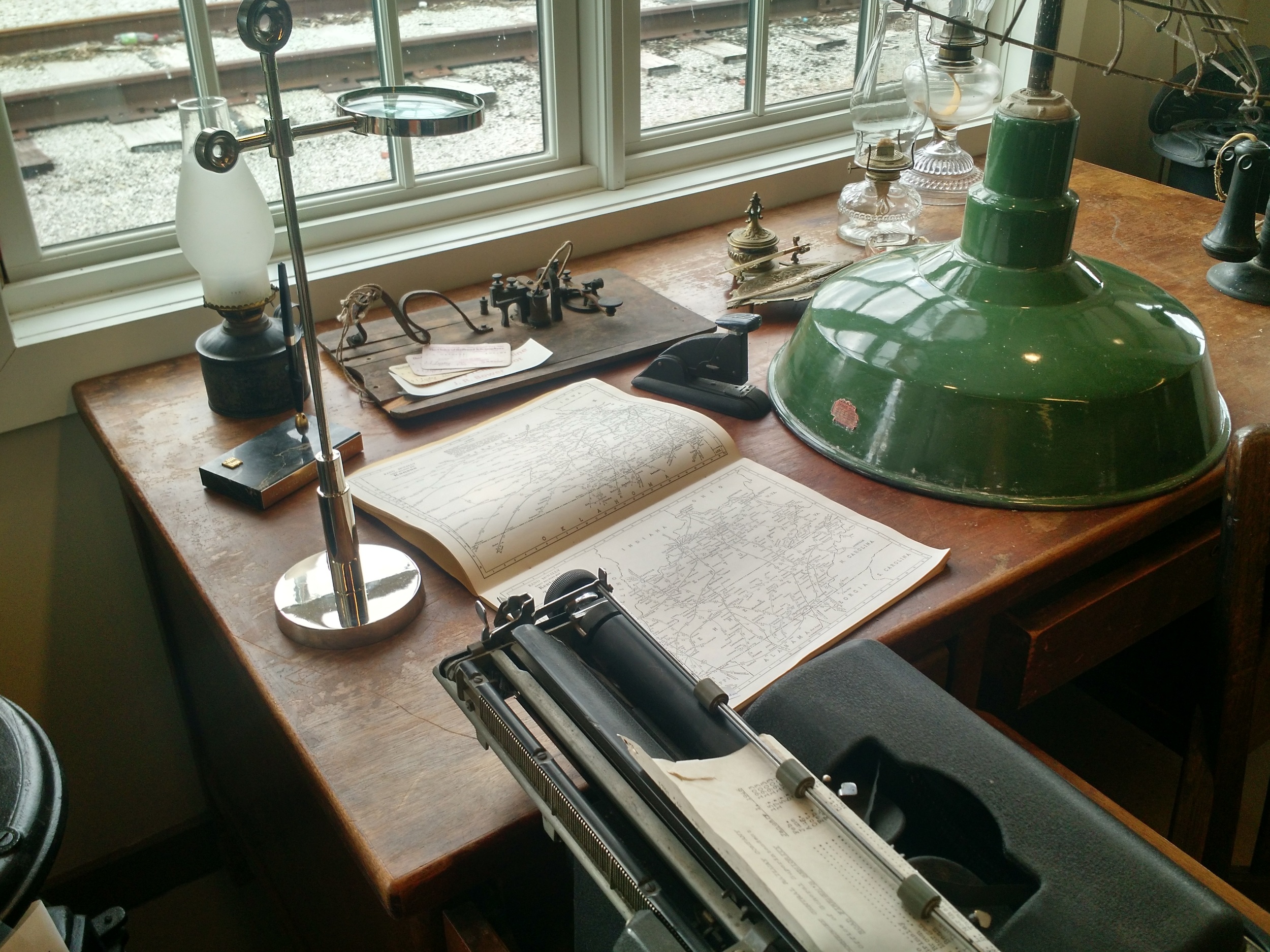Quilting In India
/Tennessee Mountain Stories is supposed to be a blog about the history of Tennessee’s Cumberland Plateau. And one of our greatest traditions is quilting. So when I saw an advertisement that explained the “Kantha” created by the women of West Bengal, India, I was naturally fascinated and wanted to share this with you.
The verbatim text from the advertisement for Southeastern Salvage is:
For centuries, village women in West Bengal, India have stitched together scraps of cloth and old saris to create stunning quilts for their families, to keep them warm. The tradition of kantha (meaning “old cloth”) has been passed on for generations, from mothers to daughters. It is believed that old cloth keeps the user safe from harm, so each piece is an investment of time, skill, creativity, patience and love.
Reflecting the culture of the region, vintage recycled saris are layered and painstakingly hand-embroidered with thousands of small and delicate kantha stitches to create one-of-a-kind quilts. Each woman has her own personal style and stitch, making each piece entirely uniique and truly a work of art.
Saris are the traditional dress for women in South Asia. It’s a long strip of fabric, five to nine yards, that is wrapped around the body to create a dress with one end draped over the shoulder. So that’s a lot of fabric to work with – certainly makes for a different kind of quilt than the scraps of a standard 1940’s shirtdress. I once met a retired missionary to India who had worn the traditional dress for many years. She showed a group of ladies how to wear the dress and it was pretty fascinating – as was her story of the first time she was handed one and sent into a room to put it on. I can’t imagine what I would have come out looking like if I was expected to wear nine yards of fabric without scissors or needle and thread!
Yet the tradition of teaching younger generations to create this kantha was awfully reminiscent of my own grandmothers teaching me to quilt. We may not believe our scrap quilts have any kind of protective power over our loved ones but we have always known they would ward off winter’s chill and that was enough protection for us.
It amazed me in reading this the similarity of women caring for their families half a world apart. I’d wager we couldn’t find a single Kantha maker who’s ever heard of our mountain yet for generations they’ve been frugally re-using worn out dresses to create warm coverings for their family just was we were. It’s a pretty small world after all.





















